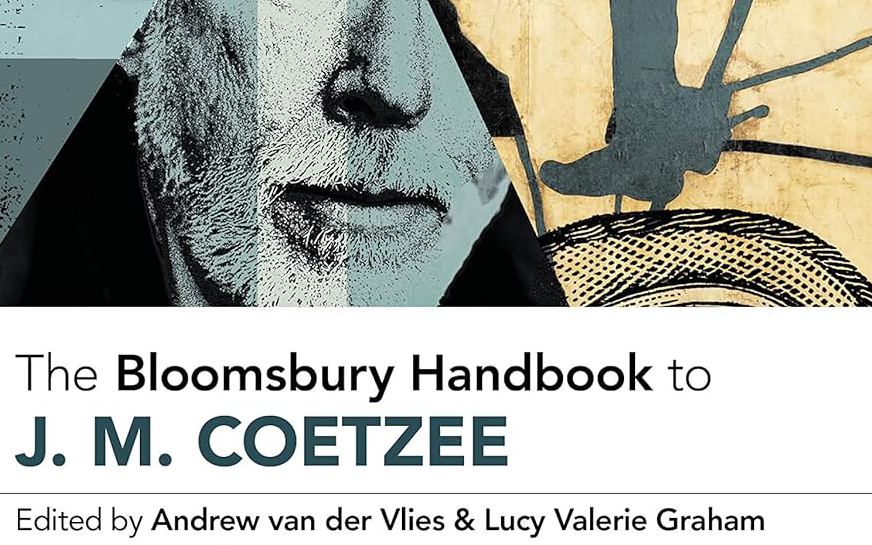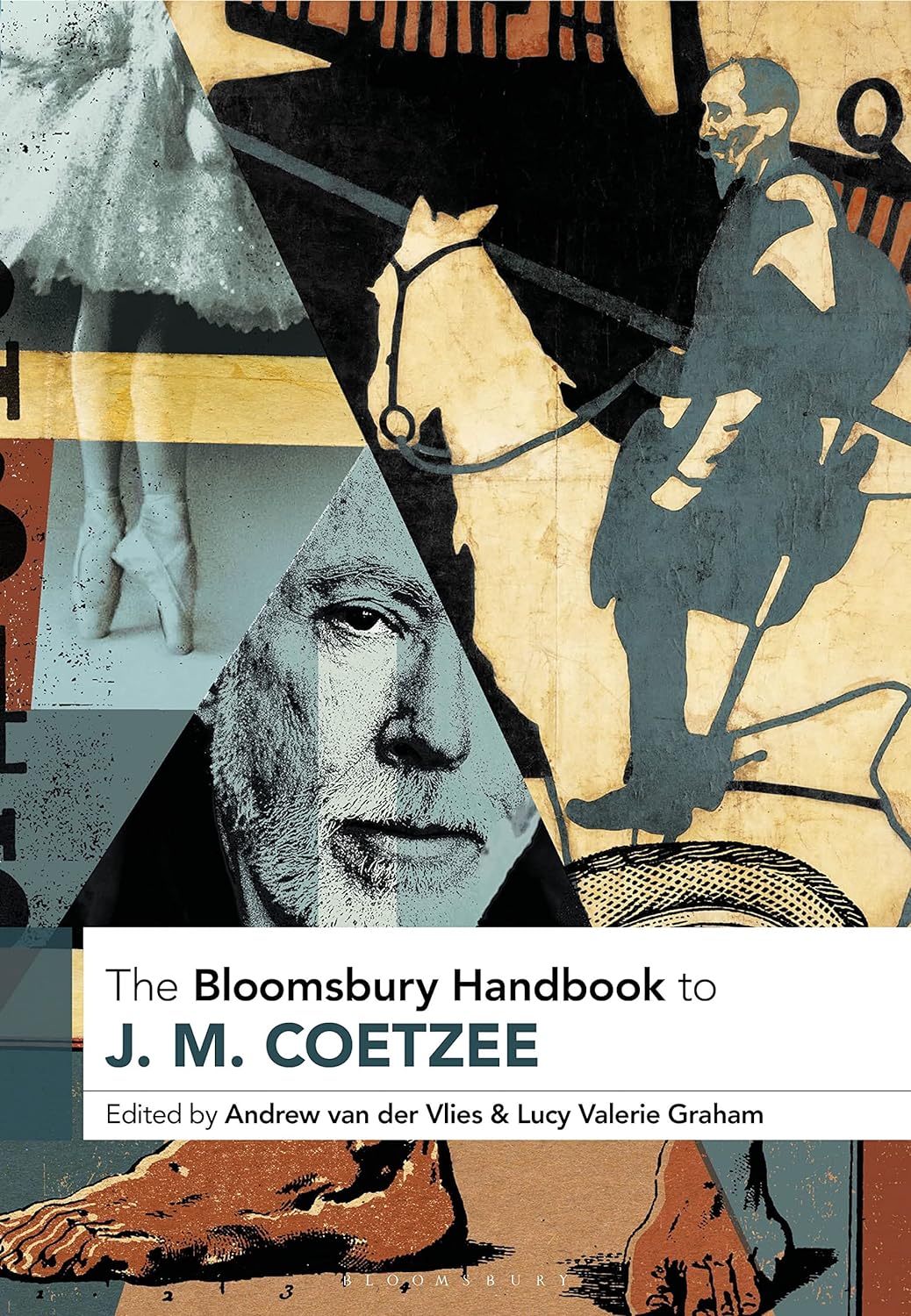
- Free Article: No
- Contents Category: Literary Studies
- Review Article: Yes
- Article Title: ‘Why are we here?’
- Article Subtitle: Skirting the philosophical Coetzee
- Online Only: No
- Custom Highlight Text:
In 2015, the Nobel Prize-winning author J.M. Coetzee released a volume of reflections on ‘truth, fiction and psychotherapy’ under the title The Good Story. The volume, co-written with Arabella Kurtz, a psychotherapist, preserves the distinctiveness of the viewpoints of the two interlocutors throughout. As we read these exchanges between the writer and the psychotherapist, we are in the realm not of ‘autrebiography’, where the self is endlessly reflected as if in a hall of mirrors, but of autobiography, where the self is transparent to itself and its own viewpoint. What we hear on Coetzee’s side is the plain voice of the author – an author not undone by an army of caveats about truth in the vein of the postmodern, an author who has not departed and been replaced by her readers. This is a voice that engages with Plato’s injunction against the poets in The Republic, a voice that finds value in the artifice of the ‘good story’ even as it acknowledges the failure to tell the story of the good, a voice that ruminates on whether truth as an ethical enterprise might even have disappeared from the psychotherapist’s consulting rooms. In the only mention of this work in the capacious Bloomsbury Handbook to J.M. Coetzee – it occurs in Nick Mulgrew’s chapter ‘Later Criticism and Correspondence’ – this statement is recorded:
- Featured Image (400px * 250px):

- Alt Tag (Featured Image): Tim Mehigan reviews ‘The Bloomsbury Handbook to J.M. Coetzee’ edited by Andrew van der Vlies and Lucie Valerie Graham
- Book 1 Title: The Bloomsbury Handbook to J.M. Coetzee
- Book 1 Biblio: Bloomsbury, $260 hb, 455 pp
- Book 1 Cover Small (400 x 600):

- Book 1 Cover (800 x 1200):

The Good Story explains in part why Coetzee does not write about himself identifiably as himself … It isn’t for obfuscation, or trickery …Rather it is an unerring philosophical position, which he glosses from Gabriel García Márquez: ‘The I who tells the story will be no less a constructed figure than the actors in it.’
The ‘unerring philosophical position’ is that philosophy, where Coetzee means to deploy it, remains viable as a language of disclosure of the real, providing it remains aware of its constructed nature as a discourse.
With these preliminaries in mind, let me be upfront about a volume that is otherwise much to be admired. With few exceptions (Mulgrew’s brief discussion of The Good Story is one), The Bloomsbury Handbook to J.M. Coetzee sells decidedly short Coetzee’s ‘unerring philosophical position’ and its capacity to contribute to truth discussions today. It does not, in the main, invite understanding of the philosophical Coetzee: the writer who suddenly stepped forward in Elizabeth Costello (2003) as a thinker in the philosophical sense at the end of his South African period; the writer who, as The Good Story indicates, positions imaginative writing as a type of alternative ethical philosophy in the vein of Heidegger. If I read the intentions of the editors correctly, the Bloomsbury Handbook means to resist the trend in recent Coetzee scholarship towards the discussion of precisely this deeply reflective philosophical Coetzee. It is telling that the works beginning with, and postdating, Elizabeth Costello are discussed under the heading of ‘late-style Coetzee’, as if the matter of philosophical engagement in Coetzee’s later writing could be treated as a question of style.
Where philosophy appears as a concern in the Handbook – say in Alice Brittan’s chapter ‘Coetzee, Religion and Philosophy’ – the essence of the philosophical as a vehicle for engagement with the world is downplayed. As Brittan tells us: ‘Water, blood, urine, faeces: these are the grounds of philosophy, not the arid or instrumental conversations that take place in the classrooms at the Institute.’ Of course, Brittan is right – philosophy should be about these practical matters, and classroom philosophy, with its theoretical interests, is apt to distract from the true concerns of life. But if we don’t attempt to grasp Coetzee’s interest in philosophy in his later work, we miss much of the profundity of the inquiries with which this now sizeable body of work is concerned – questions like: what is the nature of the good, and how is one to give proper attention to it? Or, in the words of the vagrant child David: ‘What are we here for, Simón?’ and ‘Why are we here?’
Let it not be forgotten that the older man mentioned here, Simón, has no blood ties with David, whom he takes under his wing at the point of migration to the new country. The ethic of care Simón develops over the course of the trilogy is not to be reduced to a practical matter, where a parent, with instinctive immediacy, exercises care for their child. The ethic of care in the Jesus trilogy, for this reason, is avowedly theoretical – it depends on the capacity of those who are not smeared with the blood, urine, and faeces of family members to comprehend a principle that is not familiar, not dominantly practical, and, above all, not self-serving (as the interests of parents sometimes appear to be). If we wish to capture the true sense of Coetzee’s inquiry in the Jesus novels, as in other late works, we must recognise the philosophical dimension of these stories; we must value Coetzee’s search for general principles, notwithstanding the fact that the ‘llave universal’, the universal key that would end ‘all our troubles’, is missing.
Despite these significant shortcomings, The Bloomsbury Handbook to J.M. Coetzee has undoubted riches. The formidable team of forty literary scholars and comparatists assembled by the editors discuss with competence and authority a vast array of concerns: the emergence of Coetzee’s ‘hyperconscious’ style of writing, leaning in towards postmodernist concerns but also moving against them; a set of political responses to apartheid and post-apartheid South Africa which, because they are forged on the anvil of the great literature embedded within them, are frequently misread (notably by fellow Nobel laureate Nadine Gordimer); and, last but not least, the relentless penetration of the appearances to expose not only what we guilelessly or self-servingly believe, but also what happens in the human heart when we are no longer capable of belief – a topic touched on by Derek Attridge in his chapter on The Master of Petersburg (1994), one of the highlights of this volume. Other highlights include Patrick Flanery’s subtle reading of Foe (1986), one of Coetzee’s most underrated texts, Andrew van der Vlies’s careful treatment of Coetzee’s ‘Costello project’, a key through-line linking the South African fiction with the Australian fiction, and interesting adumbrations of context and influence in the chapters ‘Coetzee, Israel, Palestine’ (Louise Bethlehem, Dalia Abu-Shitan, and Shir Dannon), ‘Coetzee’s Russians’ (Jeanne-Marie Jackson), and ‘Coetzee’s Australians’ (Michelle Cahill). In regard to the beautifully realised discussion of the latter, one is reminded that creative writers are often the best informants about writing and what is intended by it.
Two other contributions must be mentioned, as they shine valuable light on Coetzee’s wide-ranging concerns. Aparna Mishra Tarc’s chapter investigates the domain of pedagogy, revealing that Coetzee’s fictions can contribute to the clarification of the goals of education. Tarc puts this clarification in the following way: ‘Without acknowledging the impact of pedagogy in our lives, the gift of intersubjective relation fostering teaching and learning with and from the Other, we have no means, no recourse to be held recognizable and responsible to each other.’ Jan Wilm’s chapter on ‘Coetzee and Translation’ provides a fitting conclusion to the volume. Noting the fact that translation is a fundamentally ethical act where the translator is called upon to make difficult choices, Wilm observes: ‘translation, like reading, is always singular, unrepeatable, in transit’. Here, Wilm does not just doff his cap to the sometime translator Coetzee, but draws attention to one of Coetzee’s most deeply held convictions: that all writing is translation, all writing an attempt, Hermes-like, to ford the quickly flowing stream, to stretch a bridge between one bank and its often incommensurable other. ‘The very existence of translation,’ Wilm tells us, capturing this key gesture in Coetzee’s writing, is ‘a productive and affirmative fact, a doubling of the source text, a deepening of the original’s interpretation, a striving for a new home of significance …’
The Bloomsbury Handbook to J.M. Coetzee, to my mind, effects such a deepening in informative and often powerful ways. While of primary interest to the specialist, it will be a valuable point of reference for anyone who has been stirred by the reach and depth of Coetzee’s writing, and, who, like the boy David and his guardian Simón in the Schooldays of Jesus (2016), attempts to execute new steps and thereby learn to ‘dance the universe’.


Comments powered by CComment